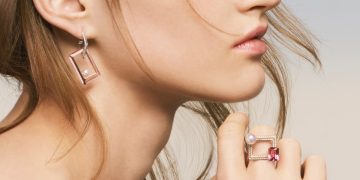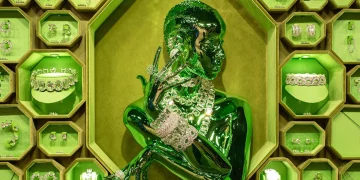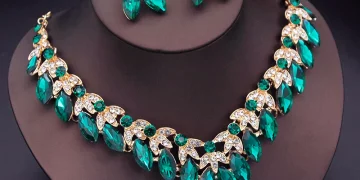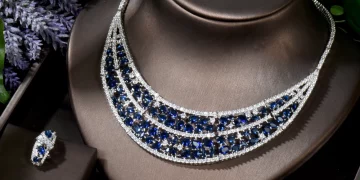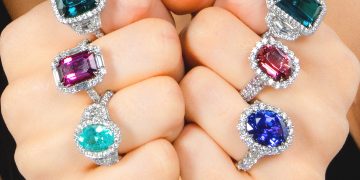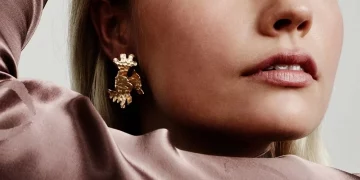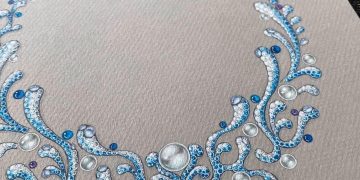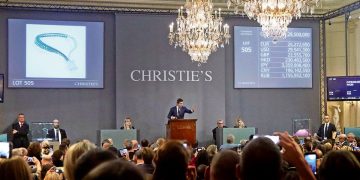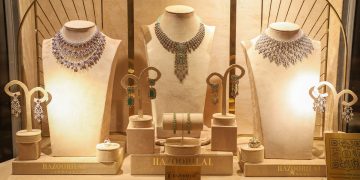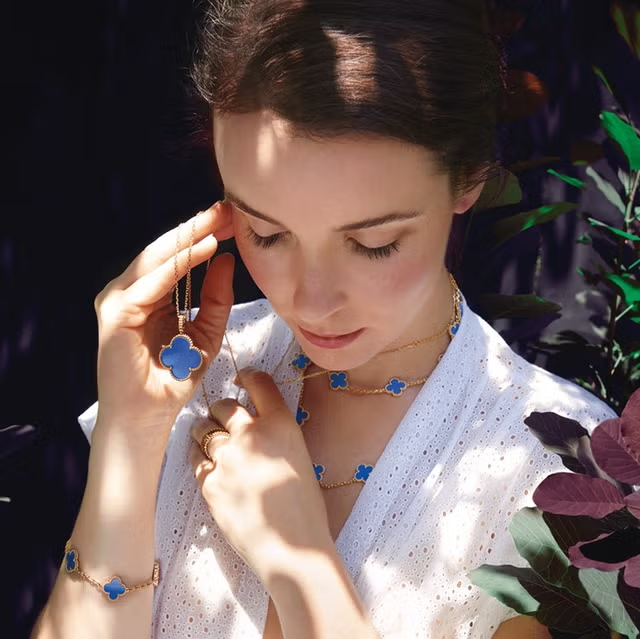Introduction
The luxury jewelry market is undergoing a paradigm shift as environmental consciousness and ethical concerns reshape consumer priorities. This article examines six key drivers behind the rising demand for sustainable luxury jewelry, supported by data from industry reports and behavioral analyses.
1. Heightened Environmental Awareness
- Circular Economy Adoption: 78% of luxury consumers now prioritize products made from recycled metals or lab-grown gemstones to reduce mining impacts .
- Carbon Neutrality Demands: Brands like Chopard and Pandora have introduced carbon-neutral collections, aligning with consumer expectations for climate accountability .
- Material Innovation: Lab-grown diamonds (projected 22% CAGR by 2030) and Fairmined gold certifications are redefining material standards .
2. Ethical Sourcing Imperatives
- Conflict-Free Guarantees: Over 60% of buyers require Kimberley Process Certification to avoid “blood diamonds,” with blockchain traceability (e.g., De Beers’ Tracr) becoming a market differentiator .
- Artisan Empowerment: Collections like Tiffany’s “Diamond Source Initiative” highlight artisanal mining communities, appealing to socially conscious millennials .
- Transparency Metrics: 54% of Gen Z consumers rank supply chain visibility as their top purchasing criterion .
3. Cultural Shift Toward Value-Driven Consumption
- Legacy Building: 41% of luxury buyers view heirloom-quality sustainable jewelry as intergenerational investments, combining emotional resonance with ethical integrity .
- Anti-Fast Fashion Sentiment: The “buy less, buy better” mentality has increased demand for durable, repairable designs (e.g., Boucheron’s recyclable gold program) .
- Certification Trust: RJC (Responsible Jewellery Council) certification boosts purchase intent by 33% among high-net-worth individuals .
4. Technological Advancements
- Blockchain Verification: Startups like Everledger provide immutable origin records, resolving 89% of consumer doubts about greenwashing .
- AI-Driven Customization: Platforms like CAD/CAM allow personalized designs using ethical materials, reducing waste by 30% .
- 3D Printing: Companies like Vrai use additive manufacturing to minimize metal waste, achieving 95% material efficiency .

5. Brand Accountability and Storytelling
- Narrative Marketing: Cartier’s “Forces of Nature” campaign increased sales of sustainable pieces by 18% through biodiversity storytelling .
- Regenerative Practices: Initiatives like BVLGARI’s coral reef restoration projects enhance brand loyalty among eco-conscious buyers .
- Celebrity Advocacy: Emma Watson’s partnership with Prada Re-Nylon boosted searches for recycled gold jewelry by 240% .
6. Regulatory and Investor Pressures
- EU Conflict Minerals Regulation: Compliance costs have driven 62% of European jewelers to adopt full supply chain audits .
- ESG Investment Criteria: Luxury conglomerates (e.g., LVMH) now allocate 15-20% of R&D budgets to sustainability innovations to attract ESG-focused investors .
- Tax Incentives: Governments in France and Canada offer VAT reductions for certified sustainable jewelry, lowering consumer prices by 8-12% .
Conclusion
The convergence of ethical imperatives, technological breakthroughs, and regulatory frameworks is irrevocably transforming luxury jewelry. Brands that integrate transparency, innovation, and cultural relevance into sustainability strategies will dominate the next era of conscious luxury.


